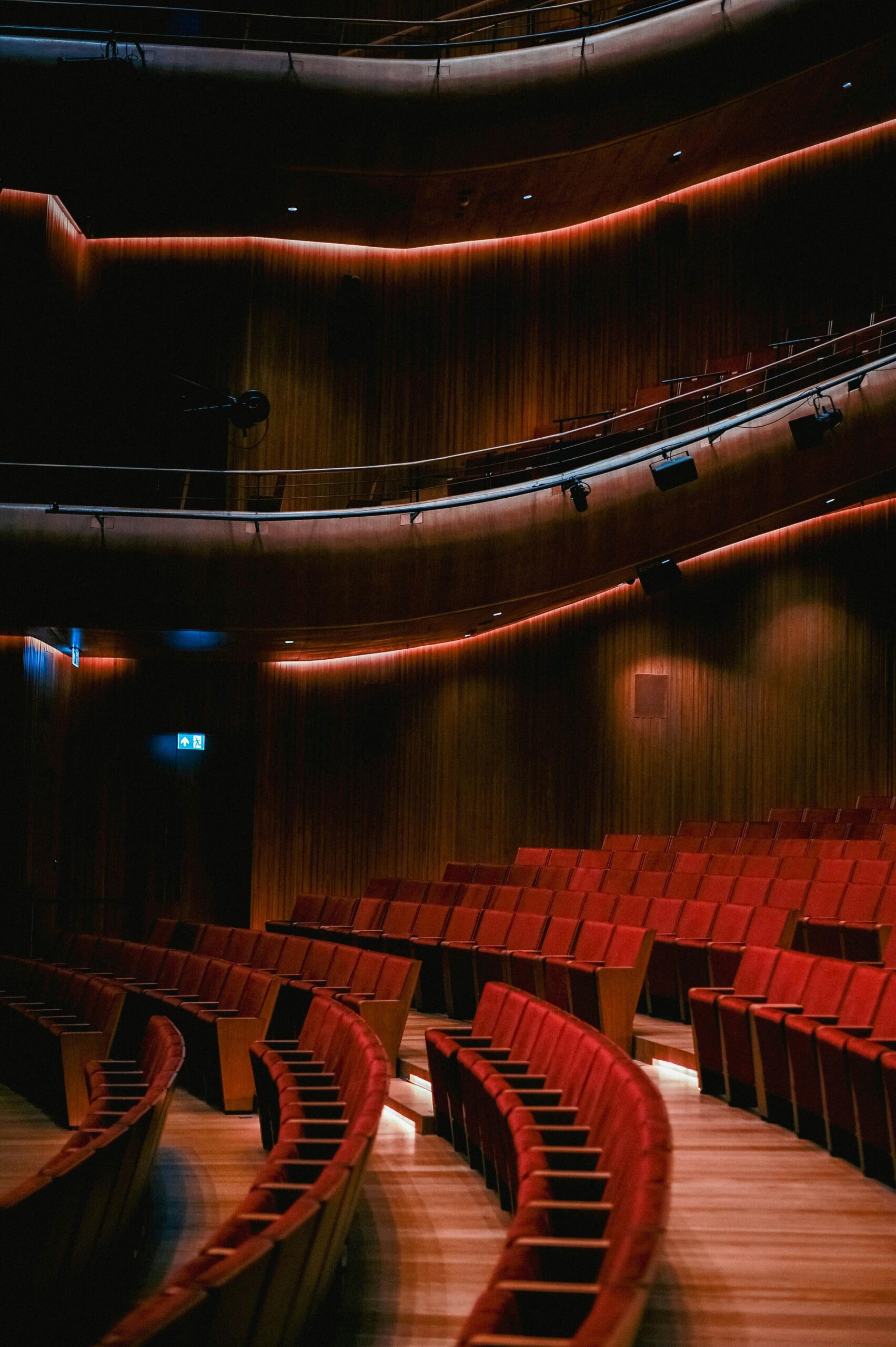The luxury design world has been obsessed with visual perfection for decades, but we’ve been missing a fundamental element that shapes our daily experience: sound. While you carefully curate every visual detail in high-end spaces, acoustic pollution silently undermines wellness, productivity, and true luxury living. Imagine spaces where every whisper, footstep, and ambient sound is intentionally designed to enhance your wellbeing rather than assault your nervous system.
The most discerning clients in 2025 are discovering that authentic luxury extends far beyond what meets the eye. They’re investing in sonic environments that actively promote healing, focus, and tranquility. This revolutionary approach combines advanced acoustic engineering with cutting-edge sound wellness technology to create interiors that don’t just look extraordinary—they transform how you feel, think, and live within them.
The hidden crisis plaguing luxury interiors
Most luxury homes suffer from a paradox: the harder surfaces and open floor plans that define contemporary elegance create acoustic nightmares. Natural stone, polished concrete, and floor-to-ceiling glass windows reflect sound waves, creating reverberation times that can exceed 2.5 seconds in some spaces. Research from the World Health Organization indicates that prolonged exposure to poor acoustic environments elevates cortisol levels by up to 23%, directly contradicting the wellness goals of luxury living.

This Photo was taken by Daka.
The traditional approach of adding a few decorative acoustic panels as an afterthought fails to address the fundamental issue: sound must be architected from the ground up. When acoustic design becomes an integral part of the creative process, rather than a remedial addition, it transforms spaces into healing environments that actively support human flourishing.
Consider how wellness-centered design approaches are already reshaping luxury interiors. The next logical evolution integrates sonic wellness as a core design principle, creating spaces that nurture both visual and auditory senses.
The neuroscience of sonic luxury
Emerging research in environmental psychology reveals that our brains process acoustic information differently than visual stimuli. While we can close our eyes to visual input, our auditory system never stops monitoring our environment. This constant background processing affects everything from sleep quality to creative thinking patterns.
How sound frequencies impact wellbeing
Different frequency ranges trigger distinct physiological responses. Low frequencies below 80Hz can induce feelings of spaciousness and calm, while mid-range frequencies between 500Hz and 2kHz affect speech intelligibility and social comfort. High frequencies above 4kHz influence alertness and can either energize or agitate, depending on their intensity and duration.
| Frequency Range | Psychological Impact | Design Application |
|---|---|---|
| 20-80 Hz | Grounding, security, warmth | Meditation spaces, bedrooms |
| 80-500 Hz | Emotional resonance, intimacy | Conversation areas, libraries |
| 500-2000 Hz | Clarity, focus, communication | Offices, dining rooms |
| 2000-8000 Hz | Alertness, energy, creativity | Kitchens, studios |

This Photo was taken by Max Vakhtbovycn.
The integration of cognitive psychology principles in luxury design naturally extends to acoustic environments. Understanding how different brains respond to various sonic stimuli allows designers to create truly personalized auditory experiences.
Revolutionary acoustic technologies transforming luxury spaces
The sonic luxury revolution centers around three breakthrough technologies that were previously available only in professional recording studios and concert halls. These innovations are now being adapted for residential applications, offering unprecedented control over acoustic environments.
Parametric audio systems
Parametric speakers use ultrasonic waves to create highly directional audio beams, allowing different zones within the same room to have distinct acoustic experiences. A reading nook can feature gentle nature sounds while the adjacent seating area remains silent, all without physical barriers or headphones.

This Photo was taken by Anna Tarazevich.
This technology pairs beautifully with modular design systems that allow spaces to transform functionally throughout the day. The acoustic environment can adapt seamlessly alongside physical reconfigurations.
Adaptive noise control systems
Machine learning algorithms continuously monitor ambient noise levels and automatically adjust acoustic treatments in real-time. Variable acoustic panels can shift their absorption characteristics based on occupancy, activity level, and time of day, maintaining optimal acoustic conditions regardless of changing circumstances.
Biometric sound optimization
Wearable devices and environmental sensors track physiological markers like heart rate variability and stress hormones, automatically adjusting the sonic environment to promote desired states. The system learns individual preferences and can predict optimal acoustic settings for different activities and moods.

This Photo was taken by Max Vakhtbovycn.
Architectural integration strategies
Creating truly effective sonic luxury requires thinking beyond surface treatments to integrate acoustic design into the fundamental architecture of spaces. This holistic approach yields results that isolated acoustic products cannot achieve.
Structural acoustic design
Advanced computational modeling allows architects to predict and optimize acoustic performance during the design phase. Wall geometries, ceiling shapes, and floor materials are selected not just for visual impact but for their contribution to the overall sonic experience.
Curved surfaces can be mathematically optimized to disperse sound waves evenly throughout a space, eliminating dead spots and excessive reverb. Hidden chambers within walls create Helmholtz resonators that absorb specific problem frequencies without requiring visible acoustic treatments.

This Photo was taken by Pavel Danilyuk.
Multi-layered acoustic zoning
Sophisticated luxury homes incorporate multiple acoustic zones that blend seamlessly while maintaining distinct sonic characteristics. Transition zones use graduated acoustic treatments to create smooth auditory boundaries that feel natural rather than jarring.
This approach integrates naturally with
Post navigation
